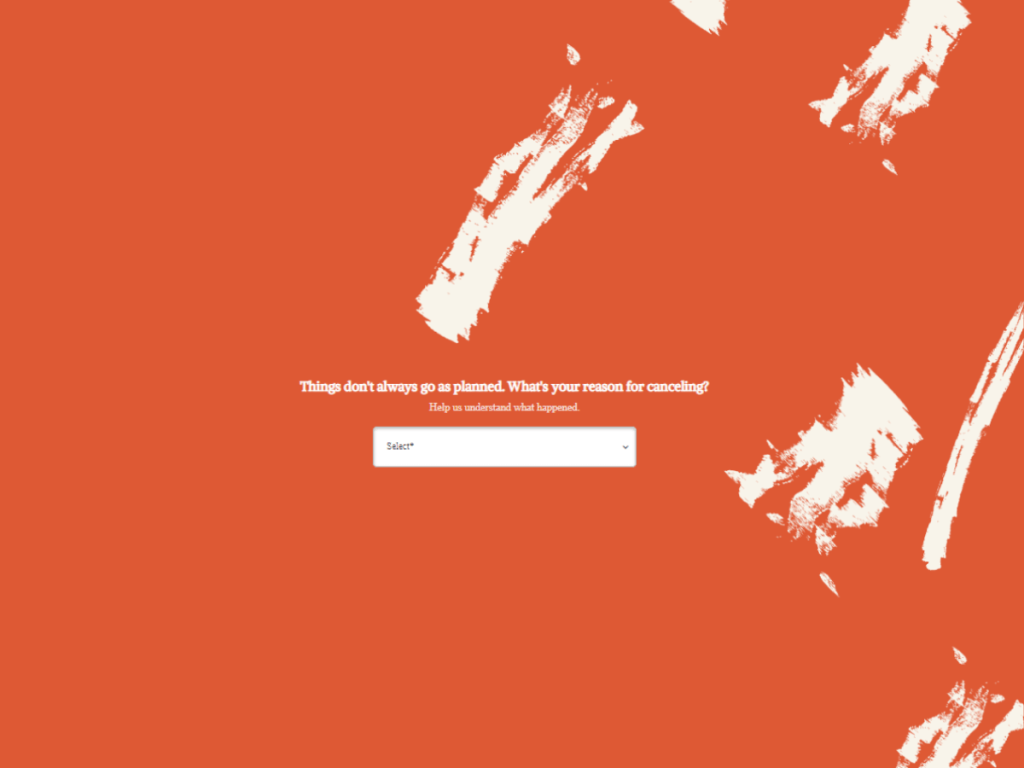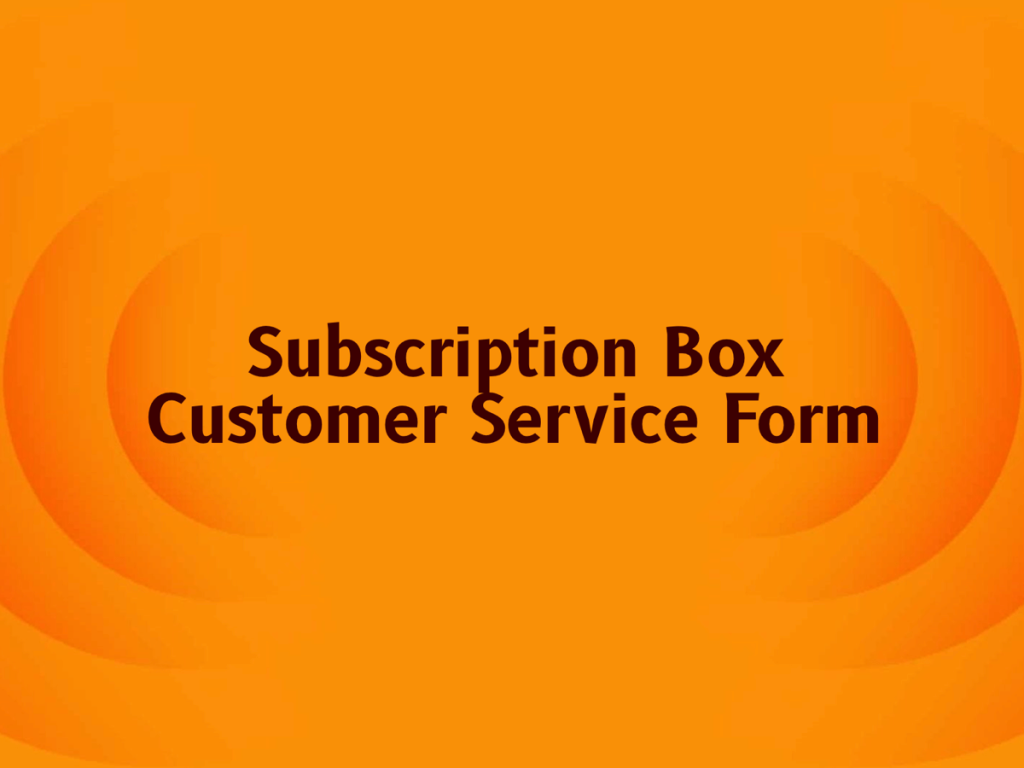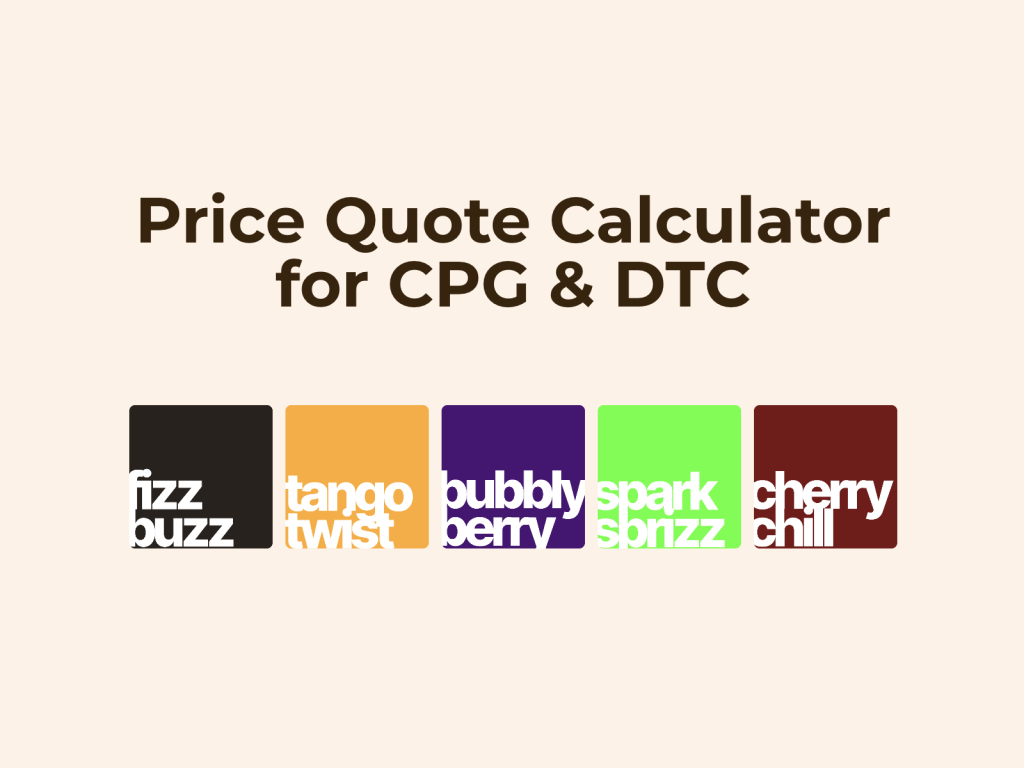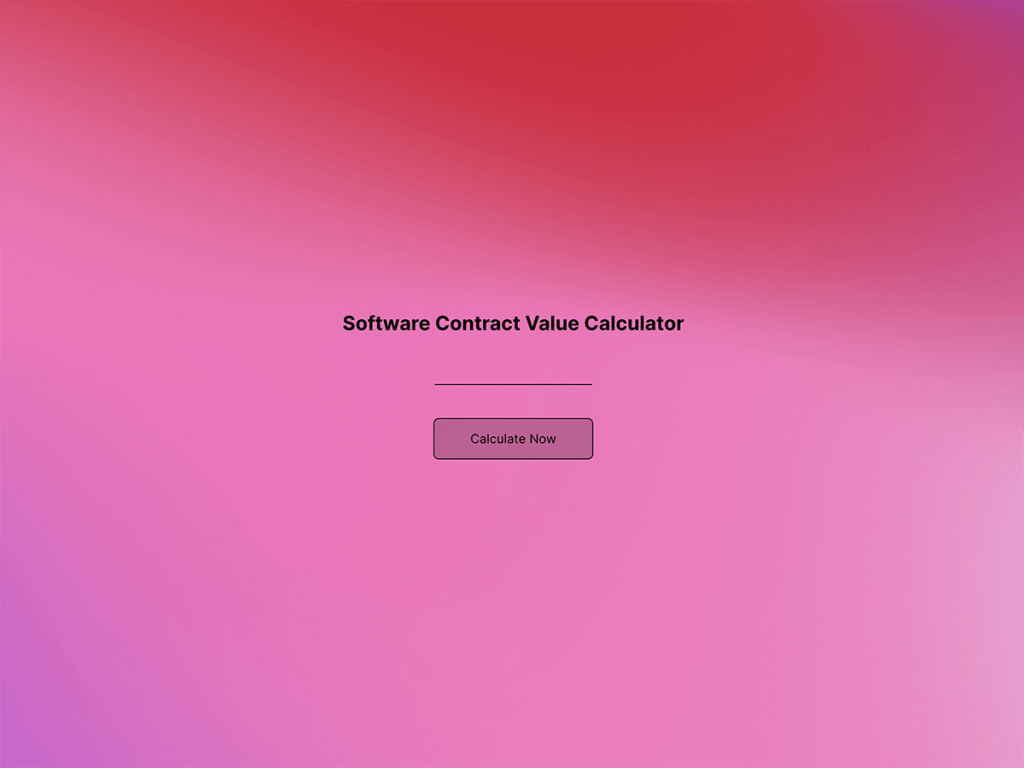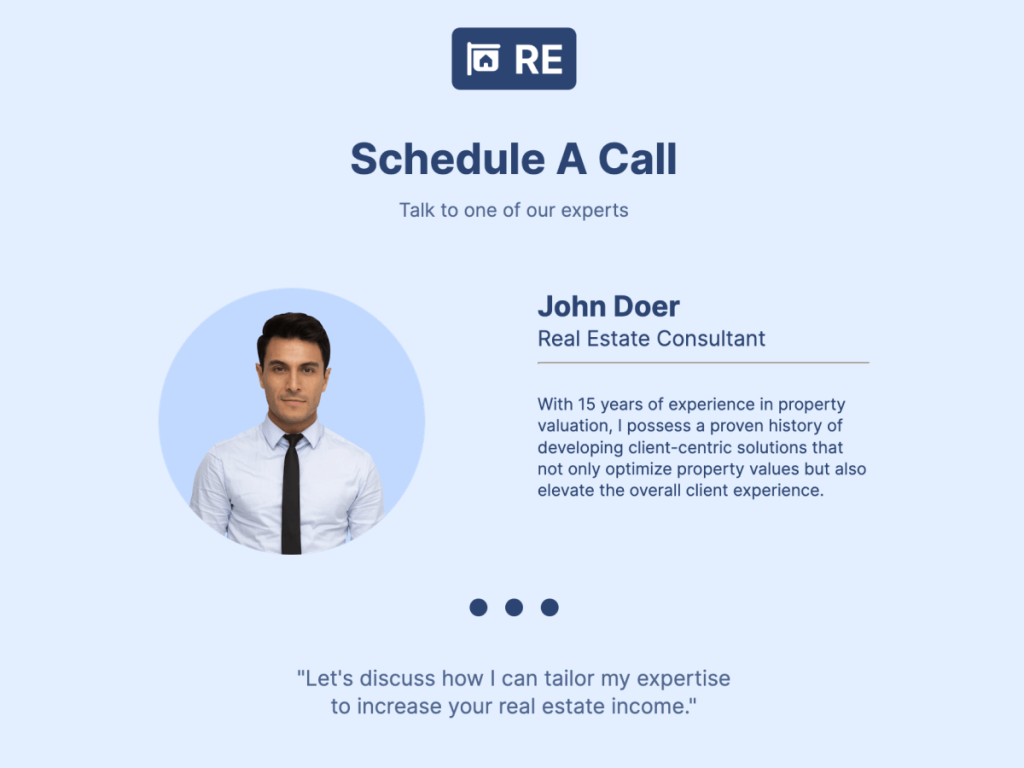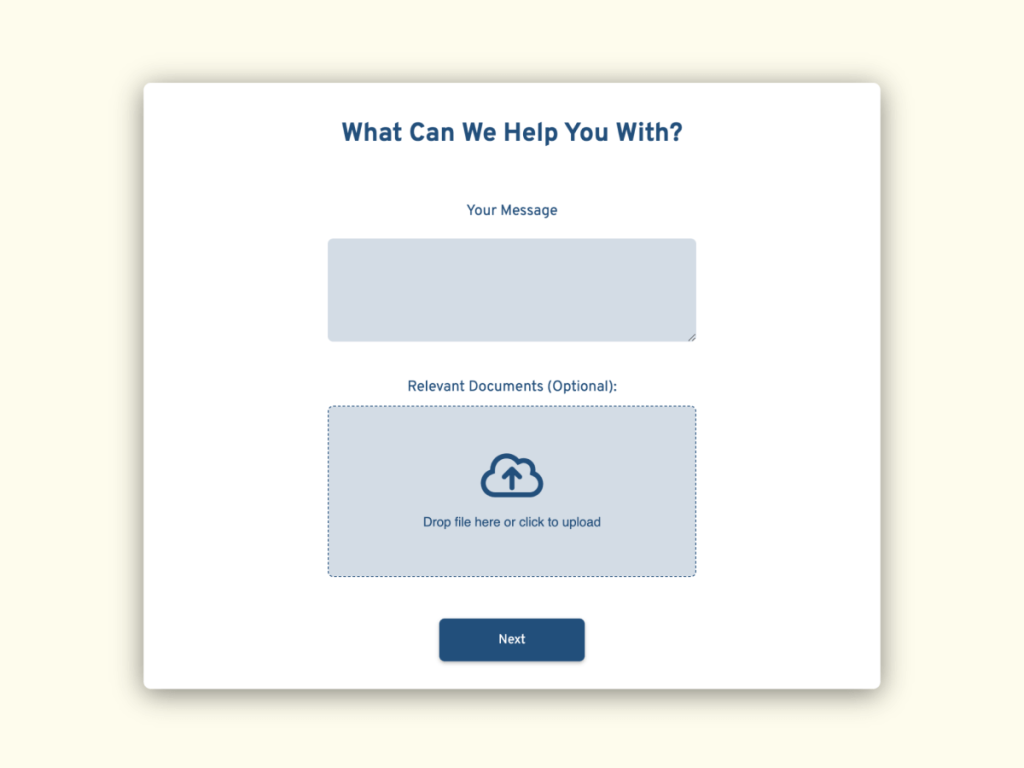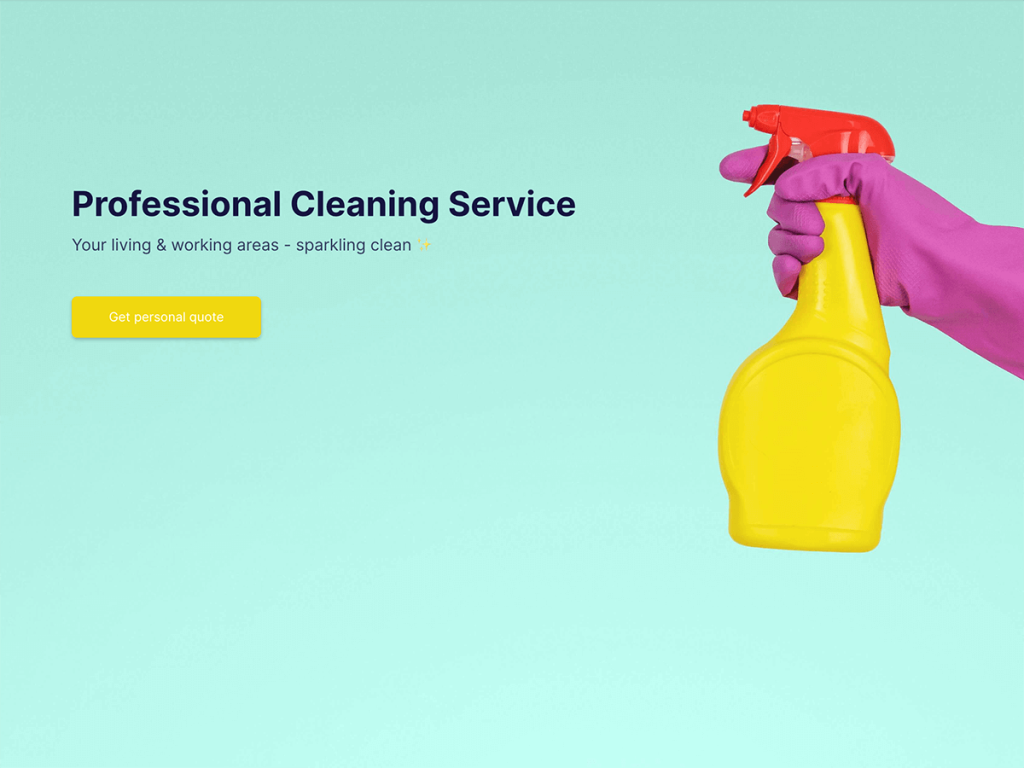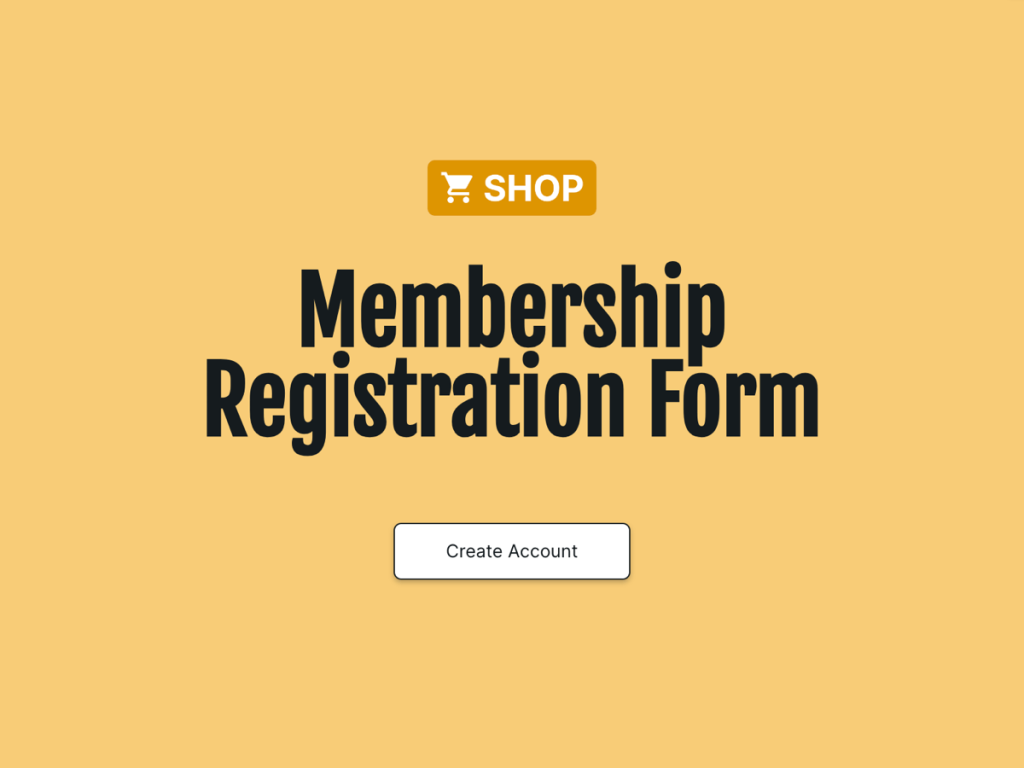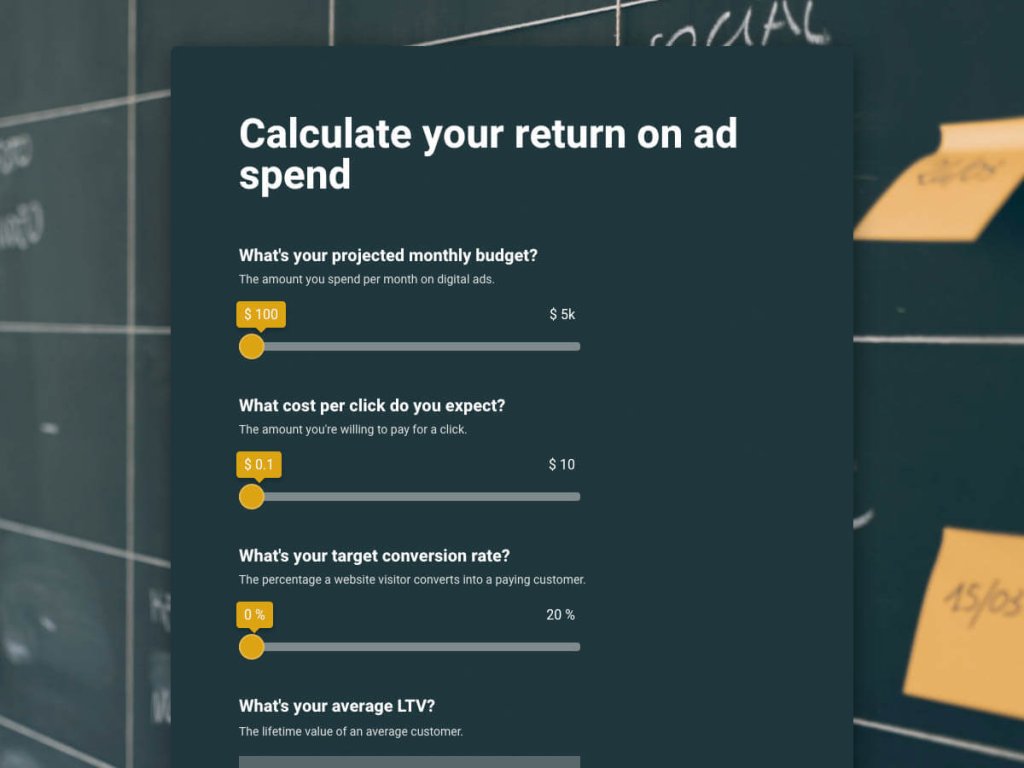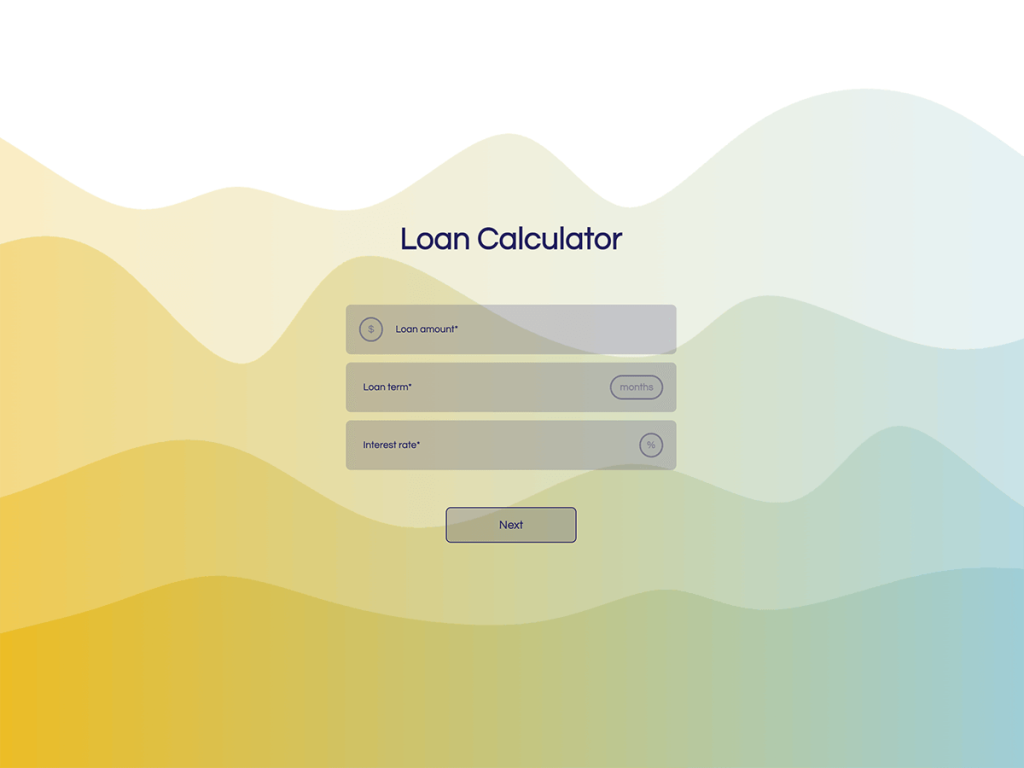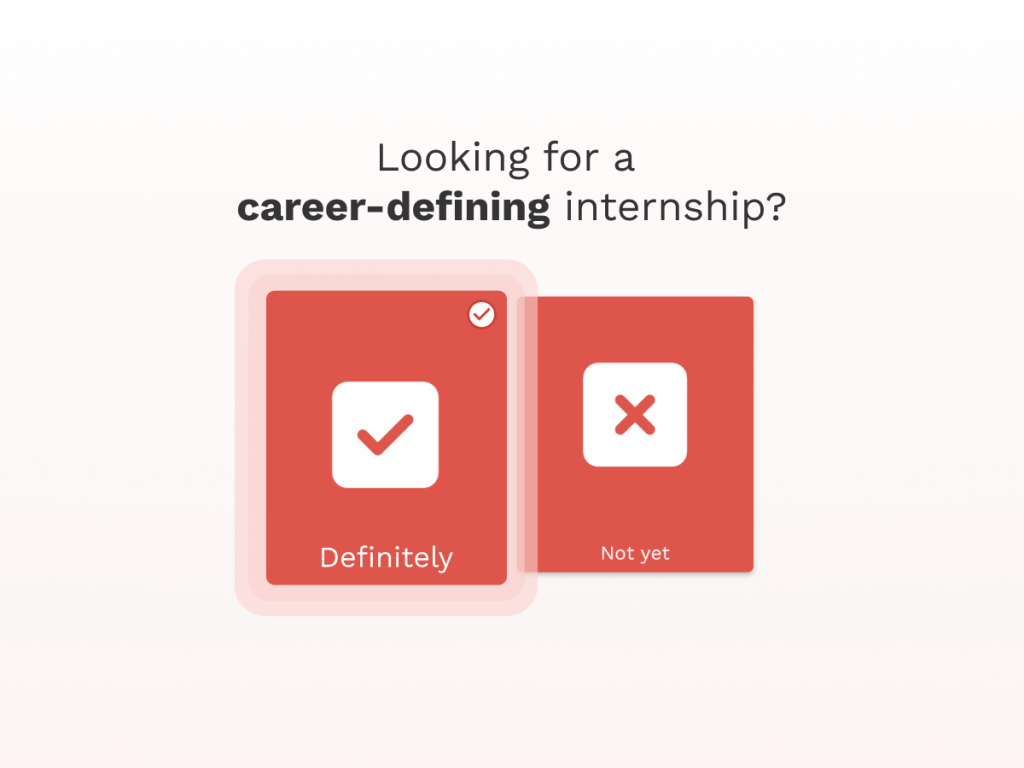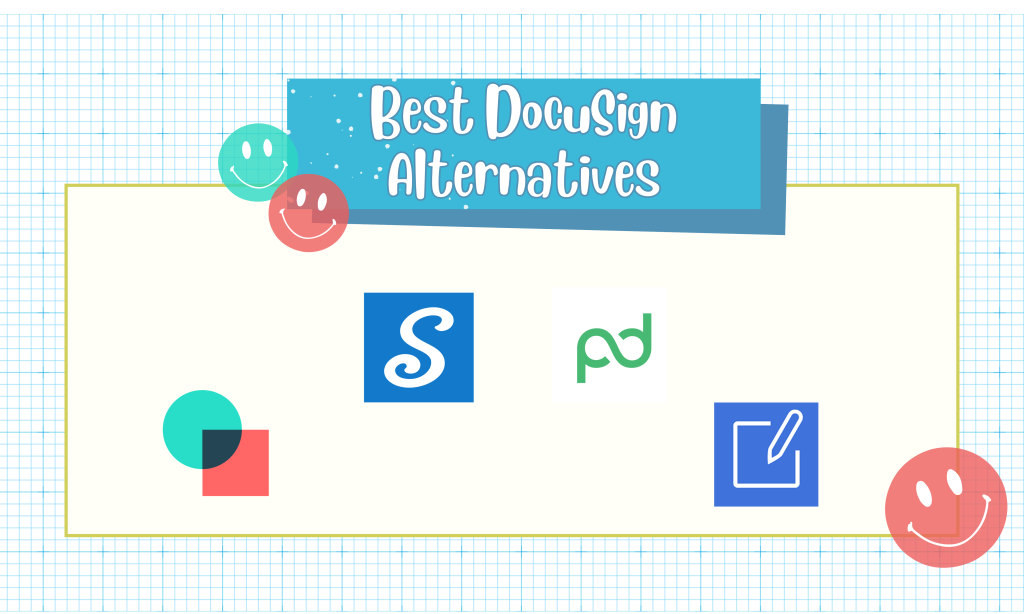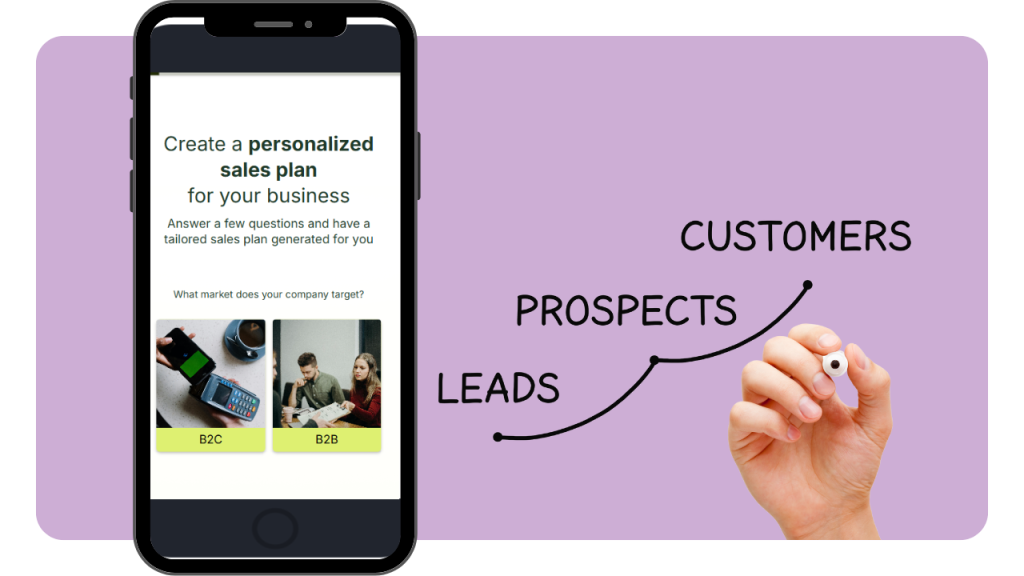To keep up with your customers, you need to keep a check on their pulse. This is the basic essence of being customer-centric that entails a revolutionary shift in the mindset of entrepreneurs.
Get Started with Online Surveys
With One Of Our 300+ Templates
Gone are the days when leaders used to depend on their “Gut Feeling” to create business strategies. Now with all the means available to get data right from your customers, you can leverage the power of data to your betterment.
Data-driven business strategies are always way more effective and accurate than any other means. While there are multiple avenues to get customer data, there’s nothing more effective than getting it right from the mouth of your customers. And that’s where customer surveys become prominent.
Customer Satisfaction Survey: The What and Why
Customer Satisfaction Surveys are the kind of surveys that measure how satisfied a customer is with your service or product. This feedback is used in myriad ways by the companies to formulate their strategies around:
1. Sales and marketing:
Based on customer’s preferences companies can create their marketing campaigns around the most liked features. Likewise, sales reps can highlight the features most that they found to be helpful to the customers through surveys.
2. Product Management:
Customer feedback is the important information for product owners to shape their product to become customer centric. They can readjust their product roadmap, redesign their dashboards, enhance features and so on, based on the customer feedback.
3. Customer Success:
Knowing what customer wants helps a great deal for customer success managers to engage with them more effectively. They would know when and how to hit the right spot in their engagement to drive favorable outcomes.
4. Customer Support:
In most of the cases, customer satisfaction is the clear reflection of your customer support quality. If it is low, most of the customers would unhesitatingly share it in their responses.
Customer satisfaction survey can range from just one instantaneous question to a large set of questions drilling into further details. And we are going to see below their types and how to design them.
Types of Customer Satisfaction Surveys
The most commonly used types of customer satisfaction surveys are:
Net Promoter Score (NPS)
Customer Satisfaction Score (CSAT)
Customer Effort Score (CES)
Let's have a closer look at each of the customer satisfaction types
1. Net Promoter Score
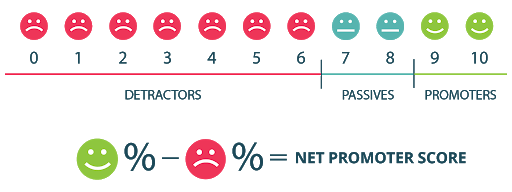
Source: Business2Community
This is just a single question you ask your customers that says “how likely are you to recommend our product to others”? Their response is measured on a scale from 1 to 10 with 1 being least likely and 10 being most.
Those who respond with a rating of 9 to 10 are called promoters. Those with 7 to 8 are passives while those with a rating of 6 or lower are called detractors. Detractors are the ones you should be most careful with for they can defame your brand by sharing negative feedback to others.
Based on different ratings, you can form different strategies to build customer loyalty for every level below the promoters.
2. Customer Satisfaction Score
Customer satisfaction (CSAT) is the feedback you collect from your customers often after a particular transaction. It consists of a question that says “how satisfied are you with the recent transaction?”.
Their response is recorded on a scale from 1 to 5 where 1 being least satisfied and 5 being most.
CSAT is sometimes collected at an organizational level as well where you ask customer’s overall satisfaction with the company. But when it comes to a larger context, NPS is a more widely used metric than CSAT.
3. Customer Effort Score
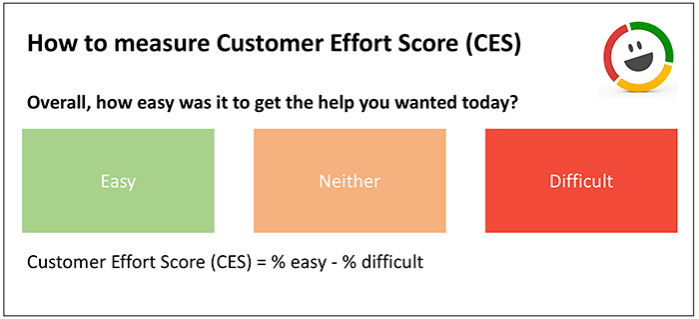
CES measures the level of effort a customer has to put in on any transaction with the brand. The transaction may include product usage, accessing help tutorial or any service call.
Similar to CSAT, the CES is also measured on a scale from 1 to 5 with 1 being least effort and 5 being most.
Customer effort has an inverse correlation with building your customer loyalty. The lower the effort, the greater it helps in building their loyalty.
Based on which area of customer satisfaction you want to improve and act on most, you have to choose the right survey from the above three.
Designing Your Customer Satisfaction Surveys
Designing such surveys is a strategic process. You have to get the responses from your customers which is an expectation you have from them.
To get them to fulfill this expectation requires proper planning and execution. A step-by-step approach towards building such surveys include:
Have clear objectives
Choose the right customer segment
Create questions and their categories
Plan on distribution and promotion
Share the final reports
Get Started with Review Funnel Templates
300+ Mobile Friendly Templates
1. Have Clear Objectives
As Simon Sinek puts it, before you begin any project or task, it’s best to “start with why”.
Being clear on goals of the survey is essential before you start to create one. You may want to:
Enhance your customer experience
Promote your brand in the business community
Formulate your business strategies
Identify customer needs
Identify improvement areas in your business operations
Anything else
Once you are clear on objectives, it would give you a fair amount of idea about the rest of the things that follow that include choosing the right kind of survey, customer segment, length of survey, kinds of questions to include and much more.
2. Choose the Right Customer Segment
Which customer segment are you targeting for this campaign? Is it enterprise customers, mid-size or low-size customers?
Your customer success platform should already have this feature based on your current customer base where it creates different customer segments according to the configuration parameters you provide.
You can either choose to go with one of the segments or all of them. This might seem obvious to you to go with all kinds of segments but know that, by choosing one segment, you can get more specialized information.
Also, for enterprise customers, some companies choose to depend on verbal discussions conducted by CSMs to gauge their satisfaction levels that includes more qualitative sides of feedback.
3. Create Customer Satisfaction Survey Questions
You might want to target different areas of your business to know the customer’s response to them. Few examples of categories along with their respective questions can be:
Generic Questions
These are the questions that remain constant for every customer segment and include few basic information like:
1. How do you feel about our brand?
2. How is the quality of interaction you have with our frontline actors?
3. Where do you think we can improve on our service or product?
Product Related Questions
Now this gets specific. You want to know specific feedback of your product that include the following questions:
1. How effective is our product in helping you achieve your business goals?
2. Which feature do you like most and why?
3. How can we improve our product to enhance your experience?
Customer Experience Questions
These questions are more related to the customer's overall usage experience as well as their sentiments towards your brand. These questions could be:
1. Do we make you feel special while doing business with us?
2. Do our customer support staff give you enough support as you expect?
3. How would you rate us on an authoritative and expertise level in our industry?
4. Plan on Distribution and Promotion
Creating the survey is just one part of it. Equally important part is to get it to the right customers who would actually fill up your survey forms.
It’s a good idea to leave a window of one month or so to get the right number of customers to fill your surveys. The essential parts of planning procedure are:
Identify the Right Channels
You would have to make your presence on all the channels where your customers usually visit These could be through emails, in-app links, social media groups, etc.
By being present on more channels, you increase the likelihood of getting their responses.
Create Content
Content creation is also an important part of survey promotion where you communicate clearly about the survey goals and benefits.
You would have to design banners, emails, social media posts, in-app short messages, etc. for different channels you want to target.
How to create an embeddable survey →
Involve Your Team
It’s not a one-man’s task to approach all of the customers. It requires a team effort to reach out to the large set of customers. Hence, involve everyone in reaching out and following up with the survey takers.
Keep reporting the process daily for the month or whatever time you have allocated to get the responses and take appropriate measures until you meet your goal.
How to Create Customer Satisfaction Survey with involve.me
Step 1: Log in to Your Account
To begin creating your customer satisfaction survey, first access the involve.me platform by logging into your account. Go to the involve.me homepage and click on the ‘Login’ button at the top right corner.
Enter your credentials to access your dashboard, where you can manage and monitor all your customer feedback survey projects.
Step 2: Start a New Funnel
Once logged in, initiate the process by clicking on ‘Create New Funnel’. Select the ‘Survey’ option, as your goal is to gather customer satisfaction data through a well-structured customer feedback survey. This step is crucial in collecting customer feedback efficiently and effectively.
Step 3: Selecting a Template
involve.me offers a variety of customer satisfaction survey templates designed to simplify the process of creating customer satisfaction surveys.
Browse through the available templates and select a customer satisfaction survey template that fits your business needs. Preview the template to ensure it aligns with the desired customer journey before selecting it for customization.
Step 4: Customize Your Survey Funnel
After selecting a template, customize your survey by editing the questions to ensure they address specific aspects of your product or service and enhance customer and client retention.
This customization process is pivotal in conducting customer satisfaction surveys that are tailored to your business and target audience.
Adjust the design elements to match your brand’s identity, ensuring a cohesive customer journey throughout the survey.
Step 5: Set Up Logic and Flows
Implement conditional logic in your survey to make it dynamic and responsive based on user inputs. This advanced setup helps in crafting a personalized experience for each respondent, which is critical in collecting customer feedback effectively.
Setting up different outcomes based on responses can lead to improved customer survey engagement and valuable insights.
Step 6: Configure Settings
Configure the general settings of your funnel to control the language, appearance of the progress bar, and how survey data is collected.
Setting up notifications to alert you when responses are received is an excellent way to stay updated with real-time customer satisfaction data.
Step 7: Share Your Survey Funnel
Publish your survey and decide how you want to share it. You can use a direct link, embed it on your website, or use it as a pop-up to ensure it reaches a wide audience.
This step is crucial in conducting customer satisfaction surveys broadly to gather comprehensive survey data.
Step 8: Collect and Analyze Data
Go to the ‘Results’ tab to view all responses. involve.me provides robust analytics tools that allow you to analyze survey data in-depth, helping you understand trends, satisfaction levels, and areas of improvement.
This analysis is vital for refining strategies aimed at enhancing customer and client retention.
Step 9: A/B Testing
Optimize your customer satisfaction survey by setting up A/B tests to compare different versions of your survey.
This testing can reveal which elements most effectively capture customer satisfaction data and contribute to a higher response rate, thus optimizing the customer journey and improving the overall effectiveness of the customer feedback survey.
Step 10: Refine and Follow-Up
Based on the insights gained from survey data and A/B testing, make necessary adjustments to enhance the survey's effectiveness. Use the customer feedback collected to make informed decisions that could lead to significant improvements in customer satisfaction and retention.
Continue to refine your approach to creating customer satisfaction surveys as part of a continuous effort to improve the customer experience and maintain high retention rates.
This detailed approach ensures that every step in creating customer satisfaction surveys using involve.me is optimized to collect valuable customer satisfaction data, engaging customers thoughtfully and strategically throughout their customer journey.
Wrapping Up
Customer Satisfaction Surveys are becoming the most useful tool for companies to enhance their customer experience and formulate strategies around those.
Make sure you help your customers understand the benefits of taking such surveys and your clear intentions behind it which is to help the community at large.
Try to avoid any shady implications of it by getting too much information from the customer without proper explanation.
If you plan and execute it properly, it can provide a lot of inputs to drive your future growth in alignment with your customers.
Author
Shoeb lives and breathes Customer Success and SaaS. He has a passion to research the latest innovations happening in SaaS and Customer Success. Shoeb hails from a Software Architecture background where he worked for many years with Indian Tech Giants like Wipro and ITC building software solutions for their MNC clients in the UK and Denmark.

